I have been playing around with this method of practicing for a while now and I have come to the conclusion that it works. At least for me. So I’d like to take a moment and share it with you, because I think you might find it useful too. And it doesn’t just apply when you practice flying, it works in a bunch of other learning situations too!
Definitions
Before we dive into the details, there are a few definitions that need to be sorted out. I like to divide the factors that have an impact on your flying into two categories.
- Inner variables
- Outer variables
Inner variables
These inner variables are the ones you actually can impact. As your focus and concentration, your direct input to the kite using your hands and arms, your indirect input using the rest of your body language, the kite setup and adjustments (like bridle settings, tow point connections and so on) and probably a few others as well.
Outer variables
Then we have the outer variables, all the things that you cannot control or impact. First of all, we have wind conditions. As you know they can vary a lot. From the perfect silky smooth onshore breeze to the havocking sort of wind coming from all directions and in all strengths making flying a real challenge.
These variables are out of your control, so don’t bother adjusting for them other than adapt … or go for that cup of coffee instead!
Finding the pattern
Let’s say you’re out and you want to practice pivoting around a wingtip stopping the kite at 3, 12, 9 and 6 o’clock, just like in the video below.
Now is the time for flying (at least) five repetitions of this sequence without adjusting anything. Try to fly it the same way every time, giving the same input, speak the same body language while watching how your kite flies and if something goes not quite the way you’d like.
Yes, the outer factors (wind conditions) will most certainly have an impact, but try to see beyond that. Can you find a pattern? Can you spot something that goes kind of wrong every – or most of the times? Do you have the same difficulties every time?
Yes, you’re now looking for a pattern created by you and your inner variables! The only variables you can modify!
If you take a closer look in my video I have defined a pattern I guess have to do with my flying rather than the outer conditions.
First I gently take off from the table and hover the kite at 6 o’clock in an upright position LE facing (your) right. I start the pivoting and stops the kite at 3 o’clock position LE facing up. Then I do another pivoting move and stop the kite at the 12 o’clock position, LE facing (your) left. Still pretty good.
But now things start to happen. The next pivot move and stop at the nine o’clock position goes wrong almost every time (maybe exept on rep 4). I struggle to hold the hover and the stop is not as distinct as I’d like it to be.
The same thing happens for the last pivot move when the kite is supposed to end up at the 6 o’clock position again. I can’t really seem to nail it.
I have found a pattern!
How to proceed
Yes, the wind conditions surely will play a role, but seeing this pattern emerge for every repetition (please do more than five if you like!) makes it more likely it has something to do with your flying, it’s defining your weaker spots.
Now when you have found the pattern and discovered these weaker points of yours – or should I rather call them points to improve? – it’ts time to analyse how to improve.
In my example I really must pay attention to how I fly the kite from the 12 to the 9 o’clock position. What do I hve to do to get a smooth rotation, how can I “nail” that wing tip in the same position while rotating, what kind of input will be the best to achieve this, how should I use my hands, my arms and my body, and so on.
Then there is the stop and hover at the 6 o’clock position. I must go through the same procedure and adjust and experiment until I find a way that works, or at least will take me closer to my goal.
By defining my points to improve I also find the things I’m better at and so I can be efficient and concentrate (more) on my weaker points!
A kind of conclusion
As you probably have gathered by now, this method goes well with other learning situations too. At least five repetitions, find a pattern, work on what your points for improvement and your total will get better! Just give it a go the next time you’re in a learning situation like this.
Gotta fly! ????



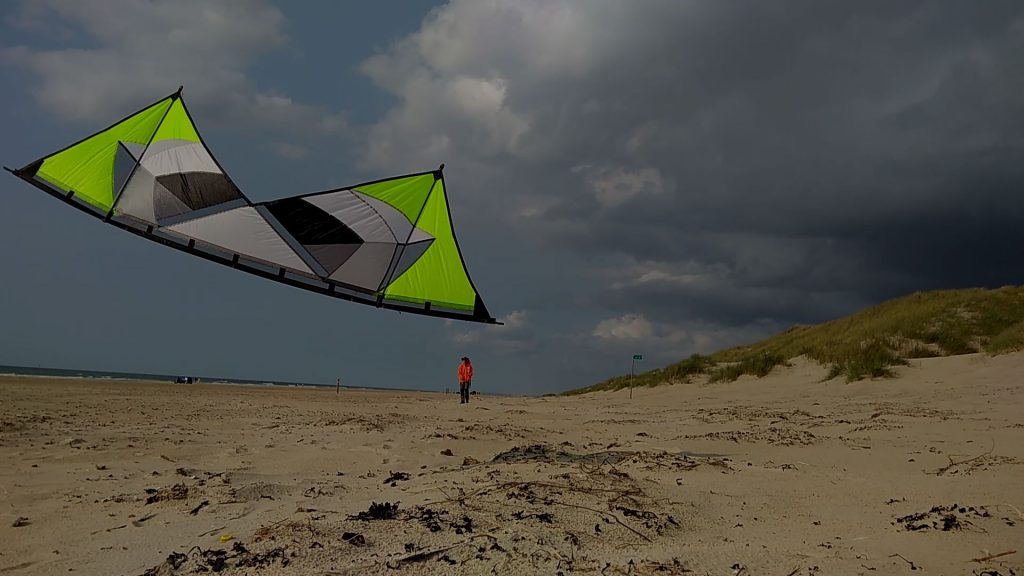
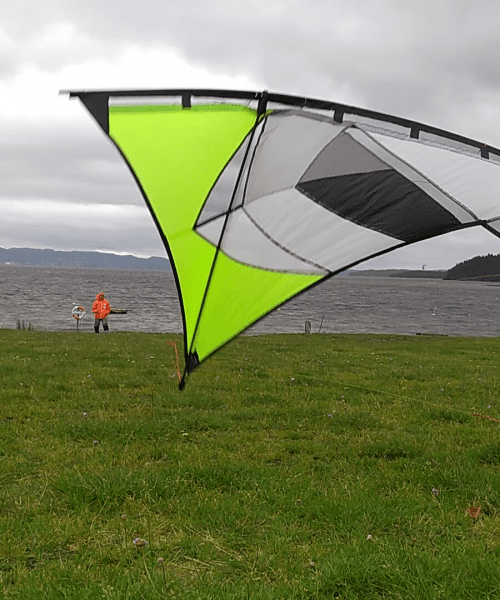
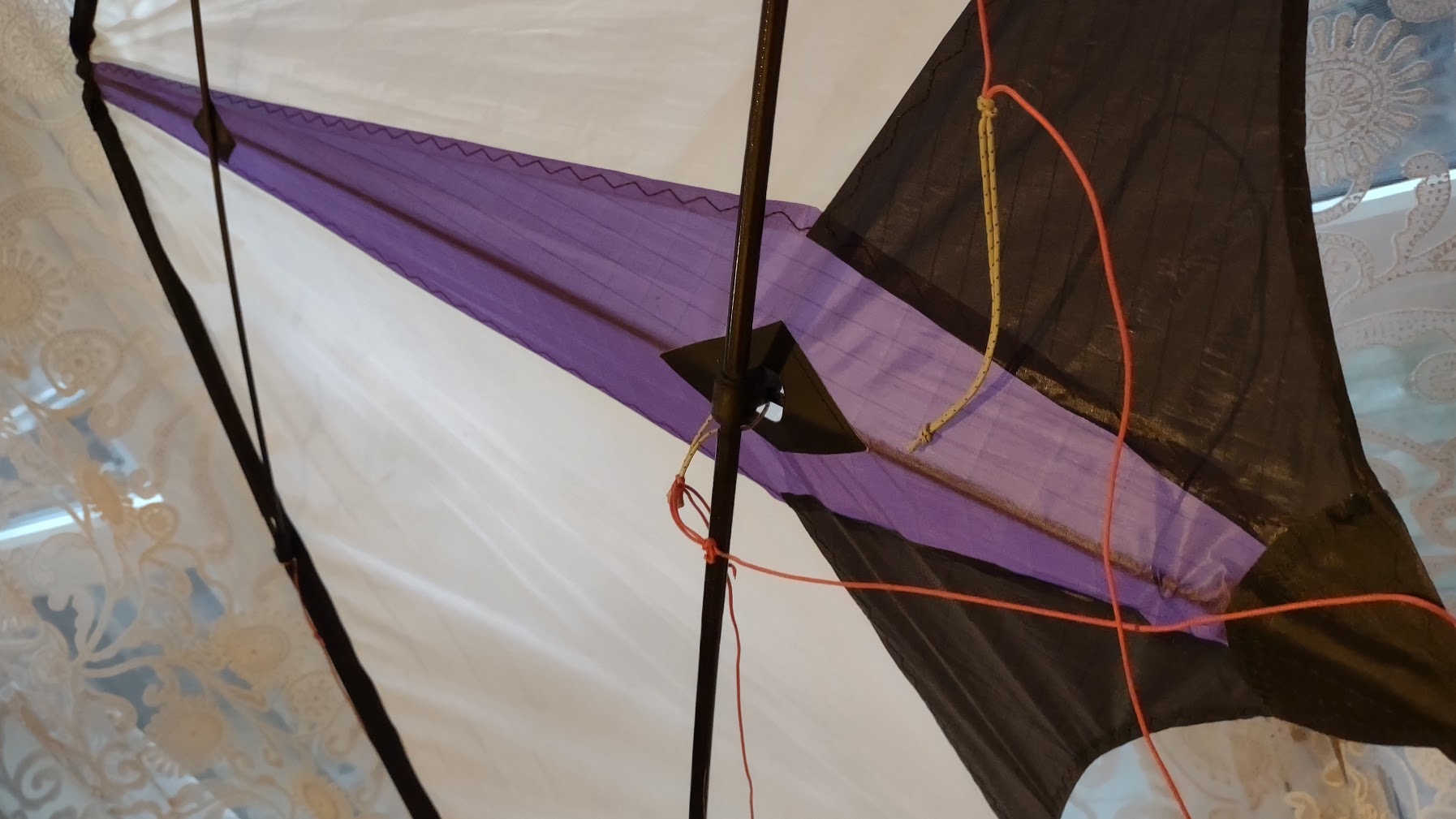

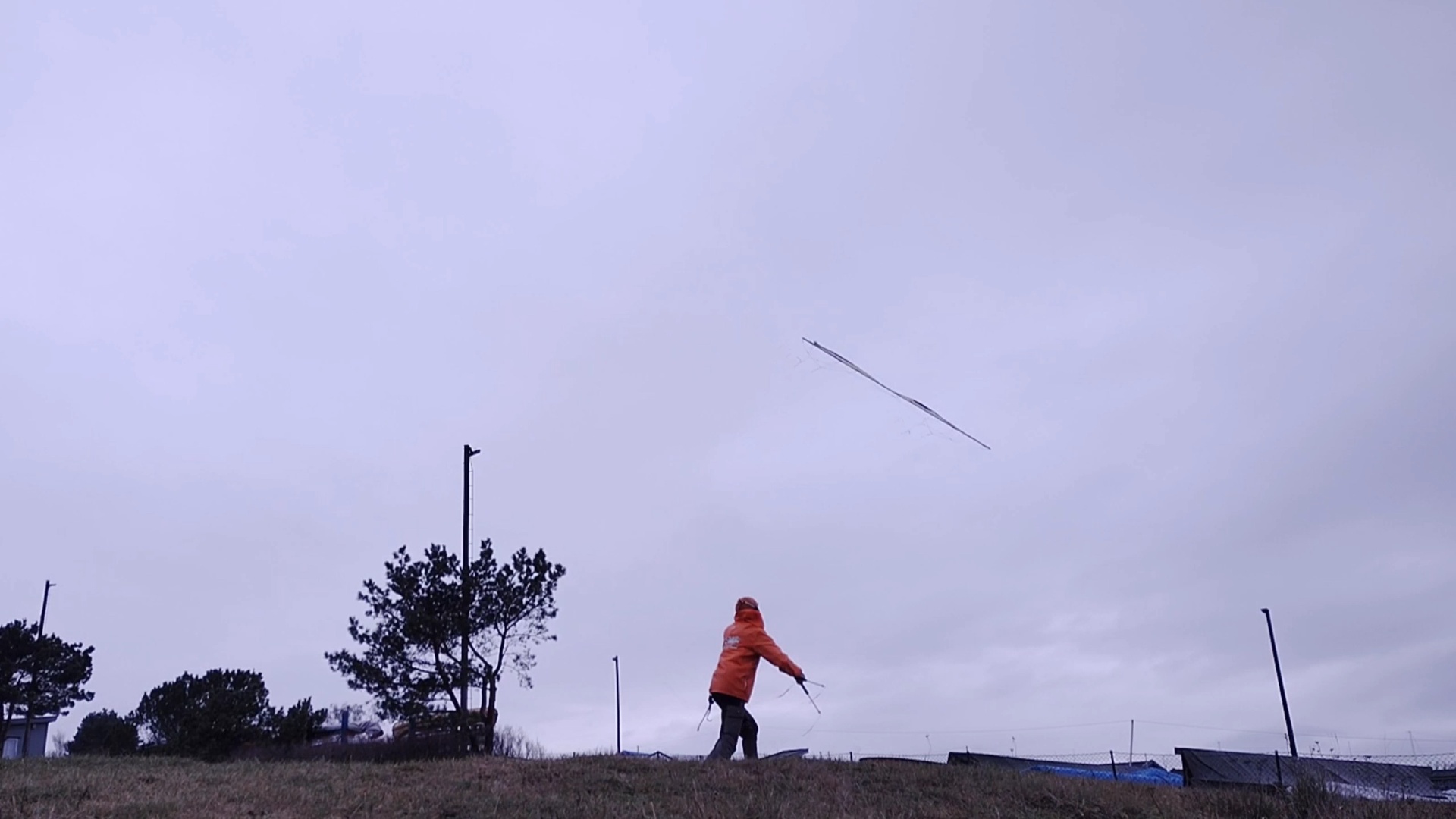
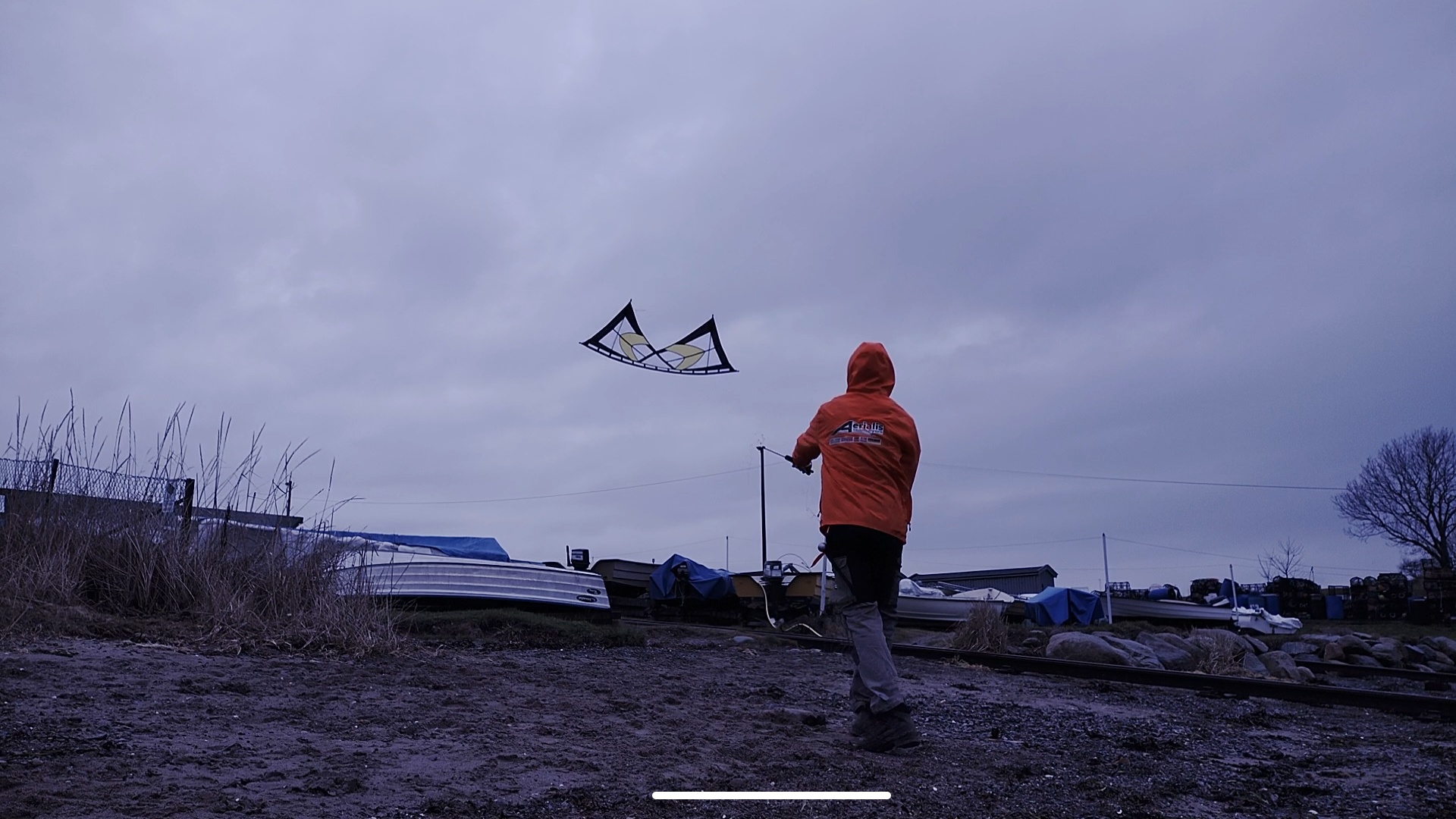
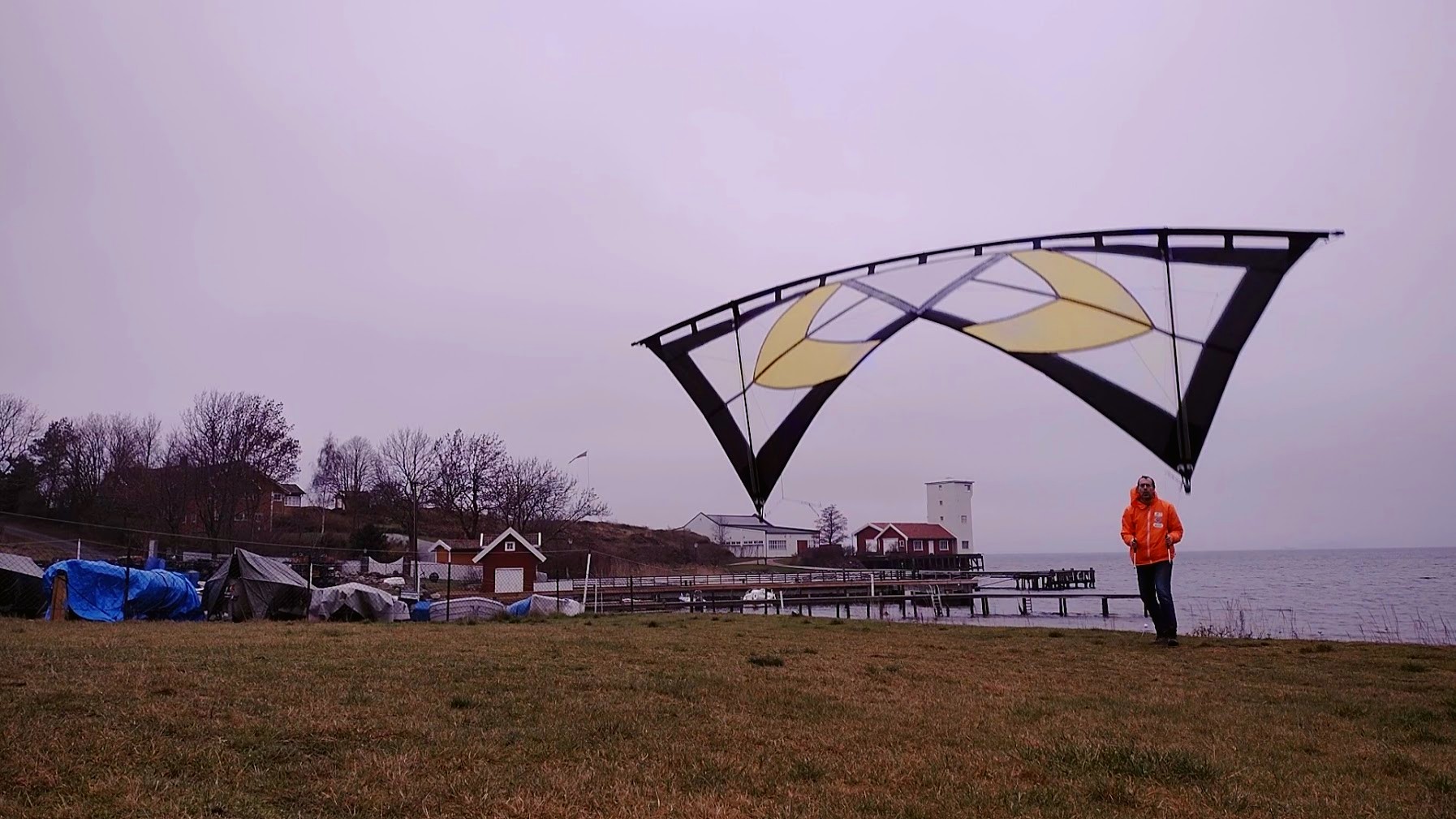
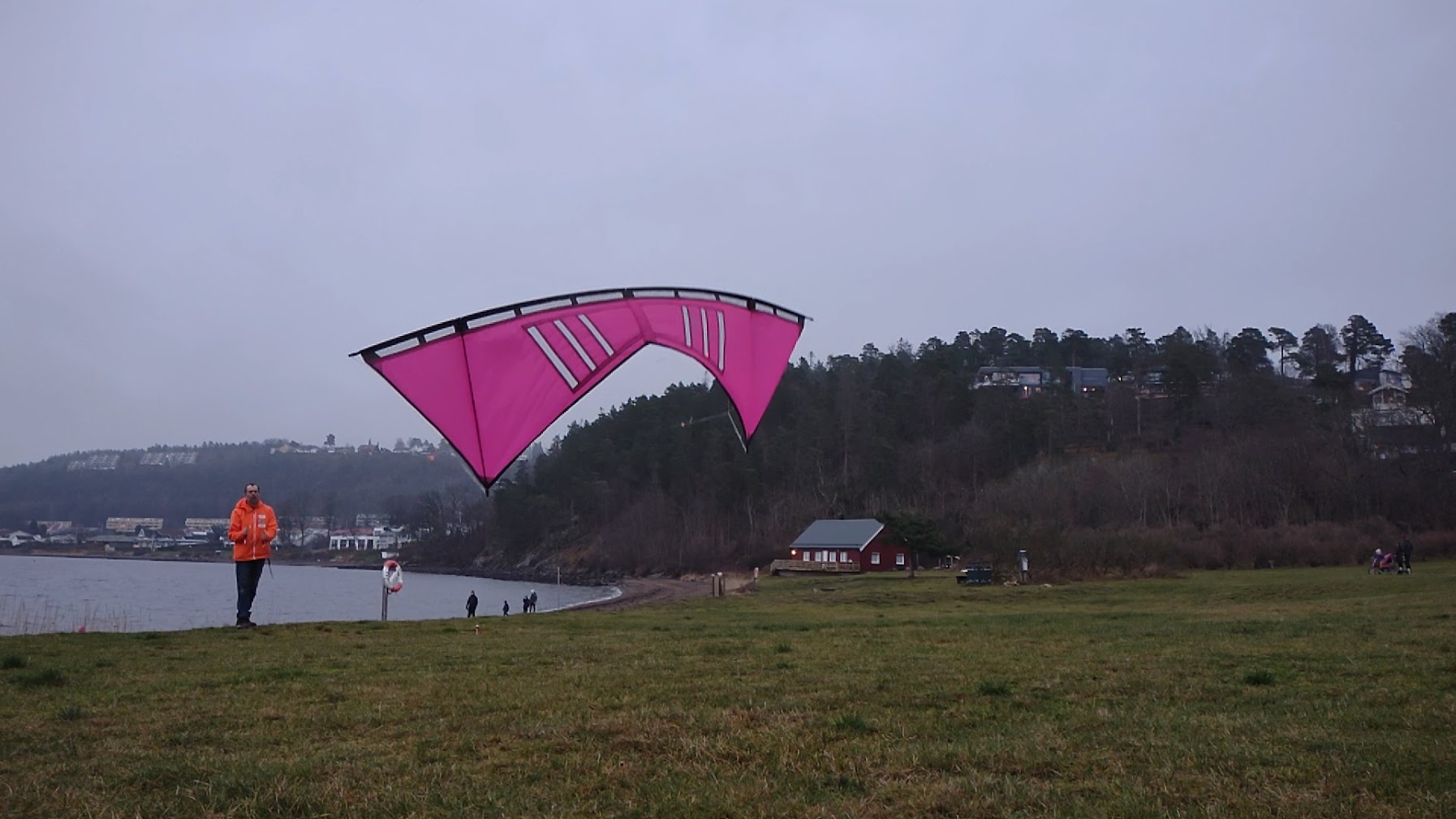







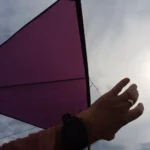


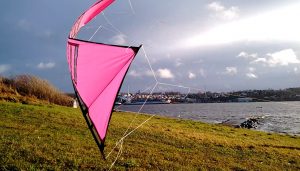
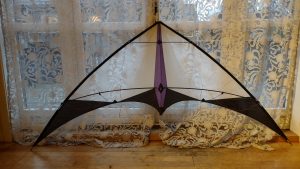
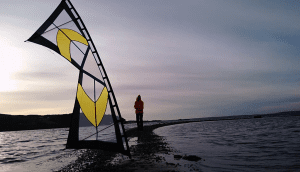
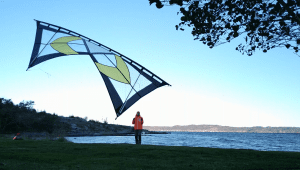
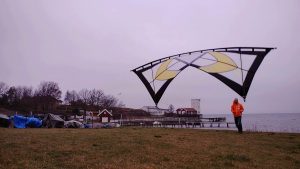
One Response